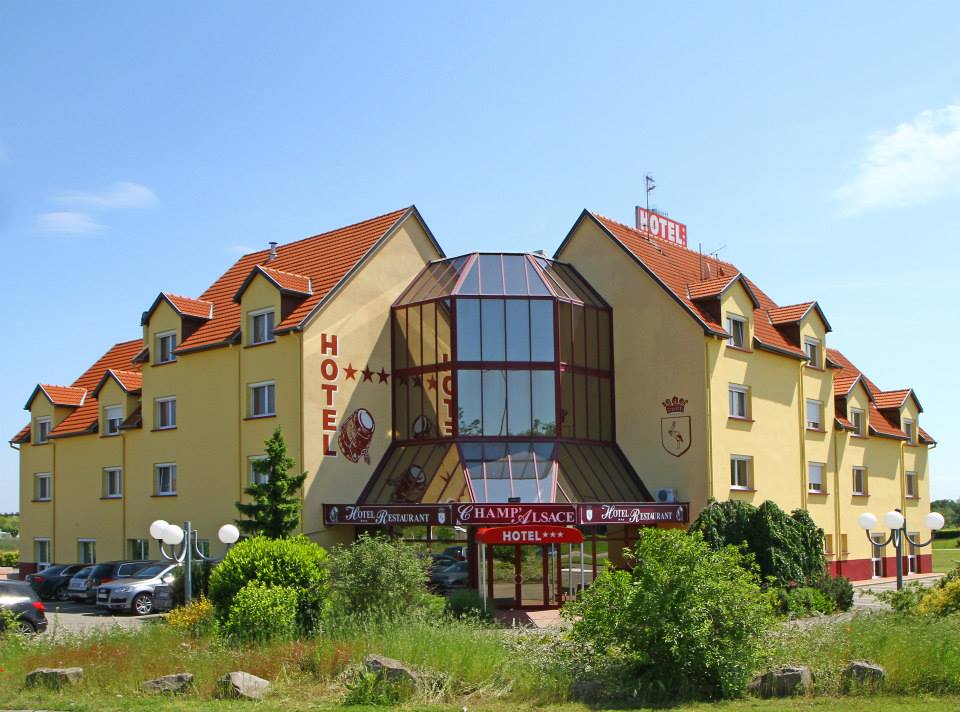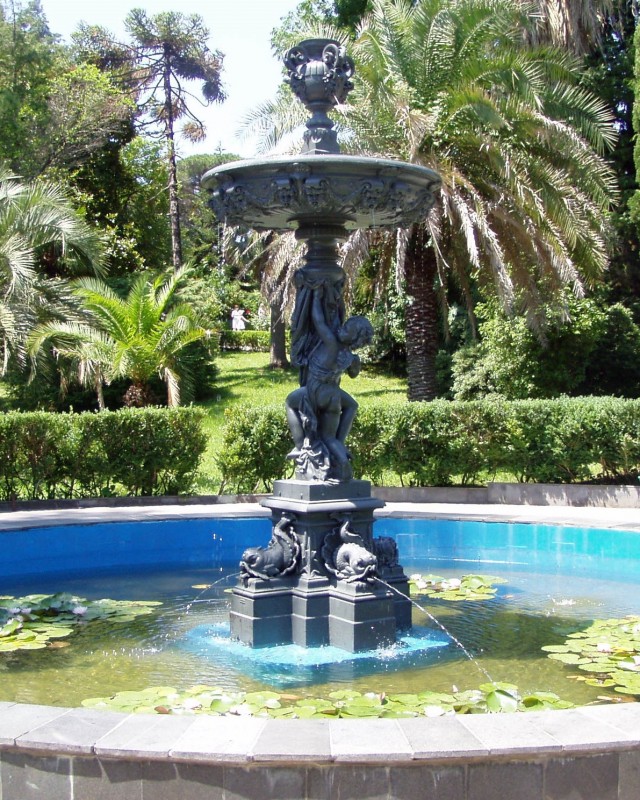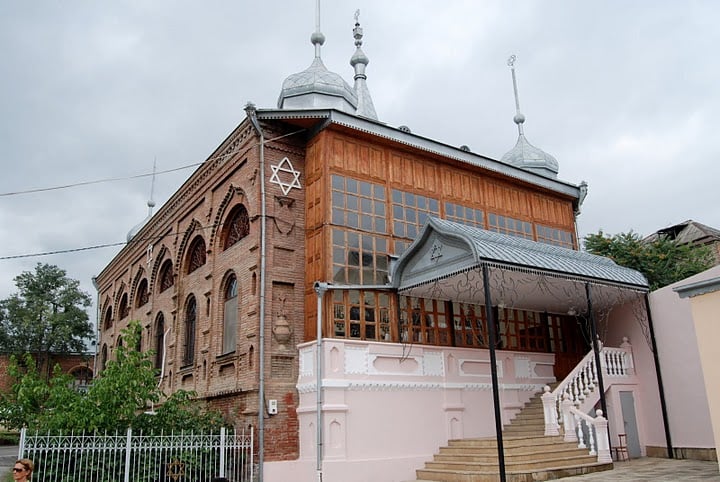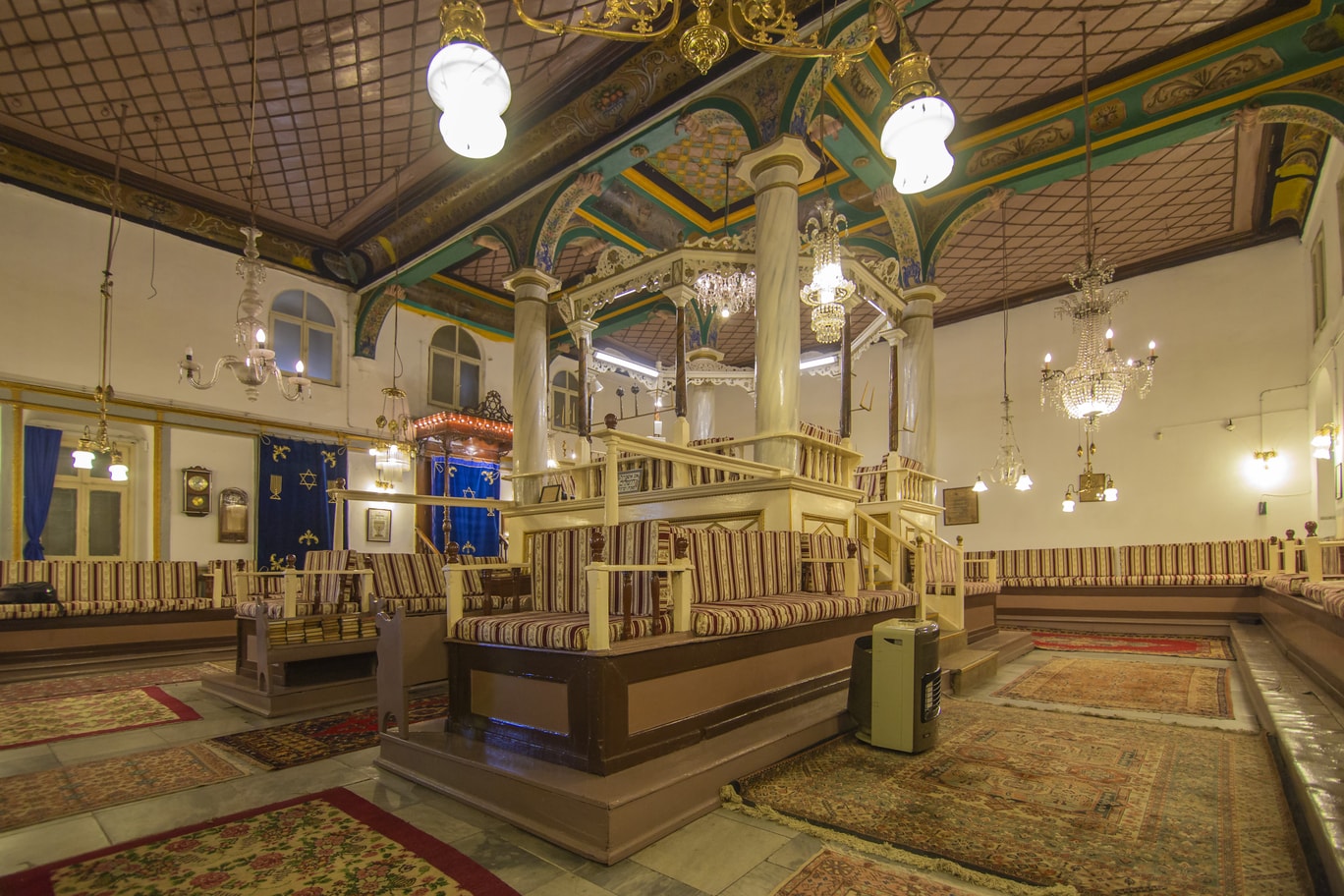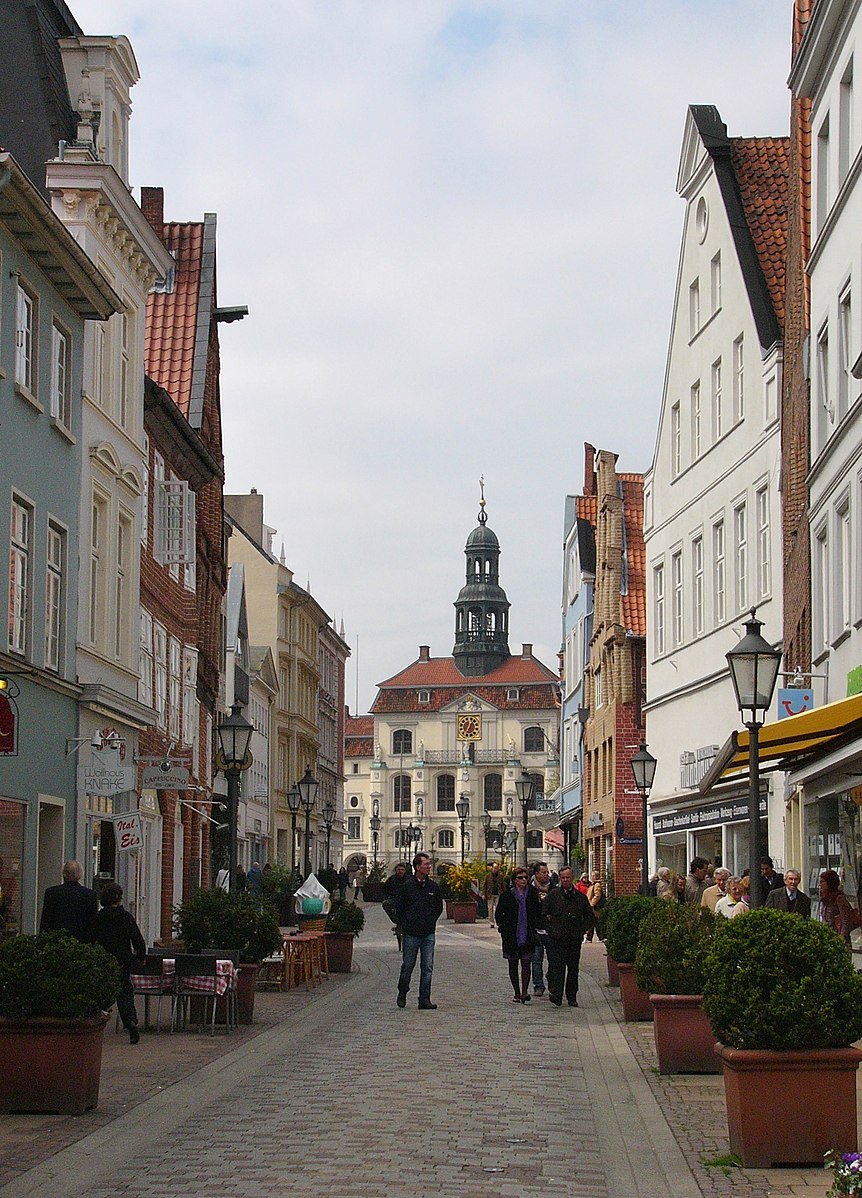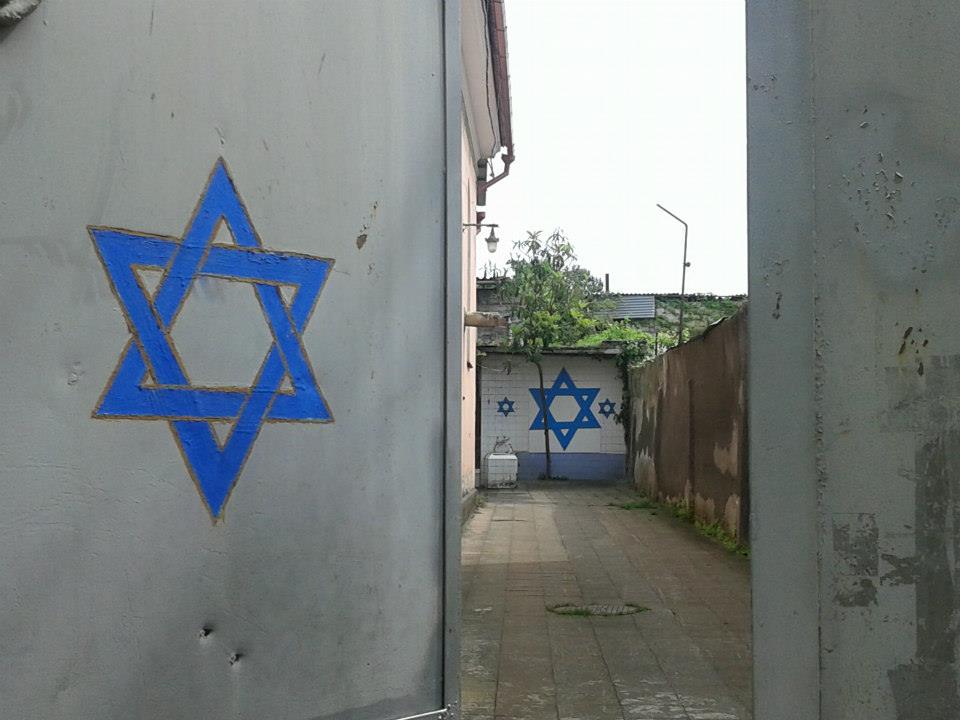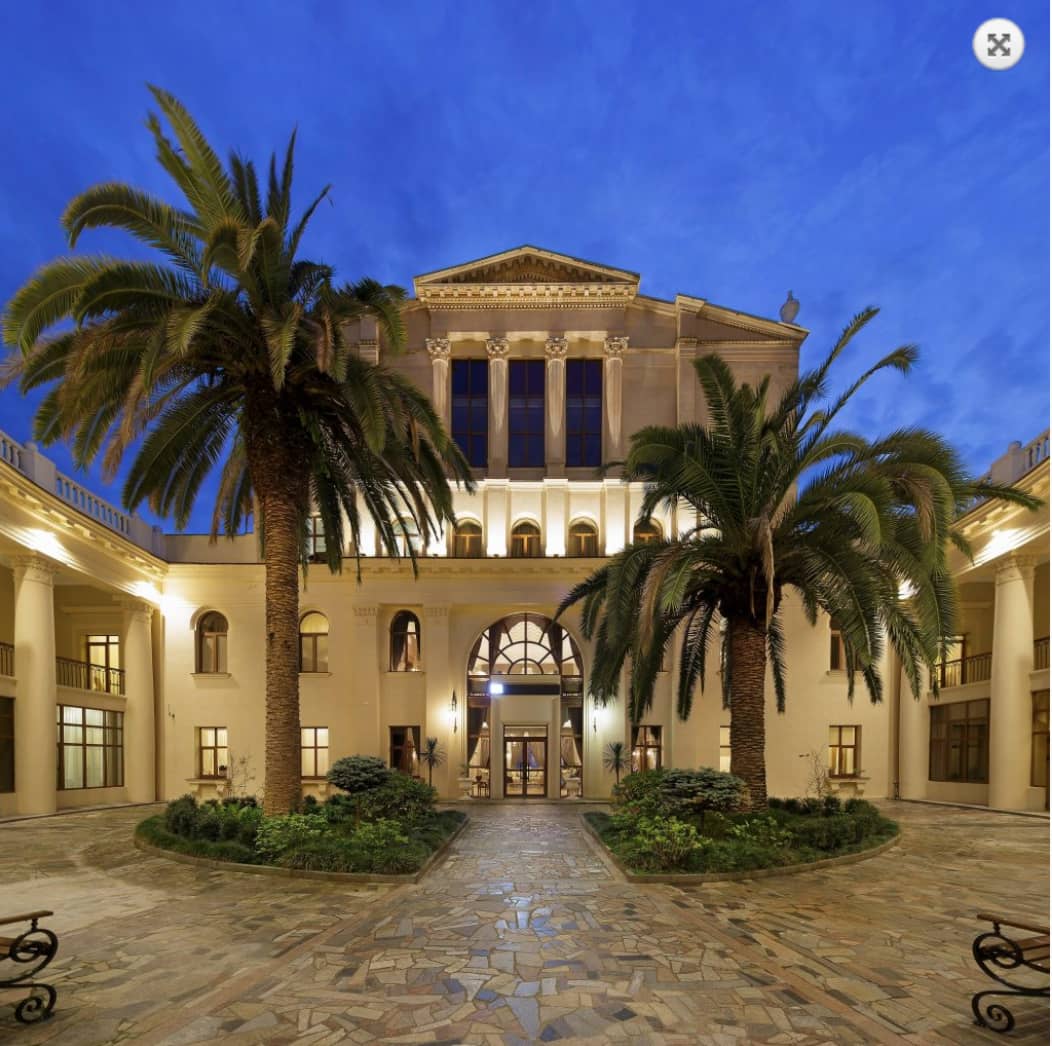AMRA PARK-HOTEL & SPA – is located on the Black Sea coast in the foothills of the Caucasian ridge. The modern hotel and restaurant complex is located 22 km from the border of the Republic of Abkhazia with the Russian Federation, in the old and famous part of the city of Gagra.
One of the most beautiful cities in Abkhazia, the fabulous Gagra, beckons and attracts travelers. And it is suitable both for families with children and for active youth recreation. The Gagra resort is considered the most popular tourist city in Abkhazia, where it is best to contemplate the sunsets …
The history of Gagra has more than two thousand years: the city was founded by the ancient Greeks. Since then, he has been under the rule of the Genoese, Turks, Russians. The Russian prince A. Oldenburgsky purposefully began to turn Gagra into a high-level resort, and this happened at the turn of the 19th and 20th centuries.
The history of the hotel and restaurant complex AMRA PARK HOTEL & SPA has a great history. The former sanatorium of the Central Committee of the CPSU named after the 17th Party Congress, is located on the seashore, in its own arboretum with rare and exotic plant species such as cypresses, oleanders, palms. The respectable classical architecture of the hotel and restaurant complex AMRA PARK HOTEL & SPA resembles the departmental health resorts of Sochi and Crimea. The main attractions of Old Gagra are located in the immediate vicinity of the sanatorium: the II century temple on the territory of the Gagra fortress, the old park founded by the Prince of Oldenburg, the famous Gagra colonnade, as well as the popular Gagripsh restaurant. In Soviet times, employees of the CPSU Central Committee, celebrities, cosmonauts, actors, football players, were indulged in rest and treatment here.
In 2018, the famous sanatorium of the Central Committee of the CPSU named after the 17th Party Congress “Amra” appeared before the guests in a new image of a modern multifunctional hotel and restaurant SPA complex with treatment.
A closed, protected area in a picturesque arboretum, which includes a large number of exotic plants, will not leave indifferent any guest. The architecture of the complex, its interior and a picturesque park area are designed in a respectable classical style, and the cozy atmosphere is conducive to a calm, relaxing rest.
The complex combines two residential buildings. The main building is represented by 98 comfortable rooms. The second building has 57 comfortable rooms.
